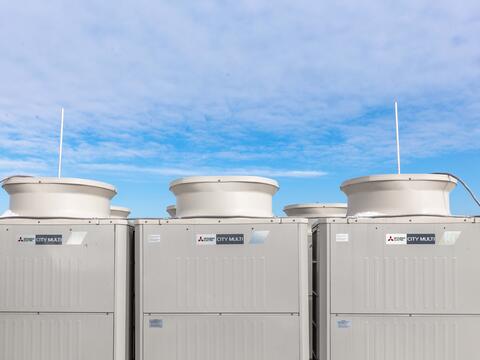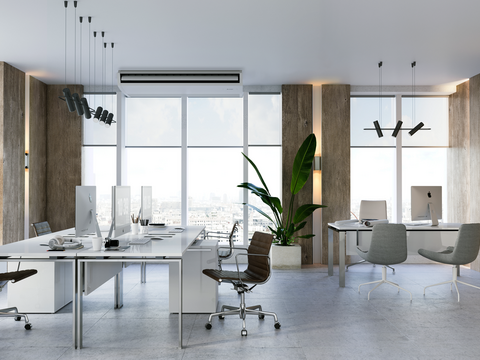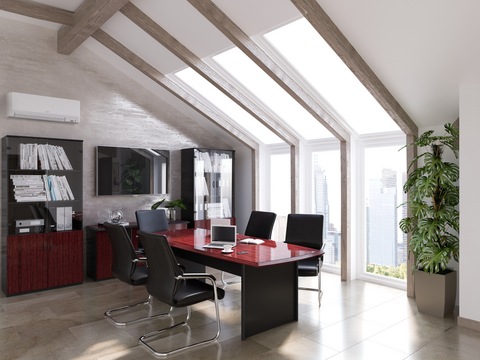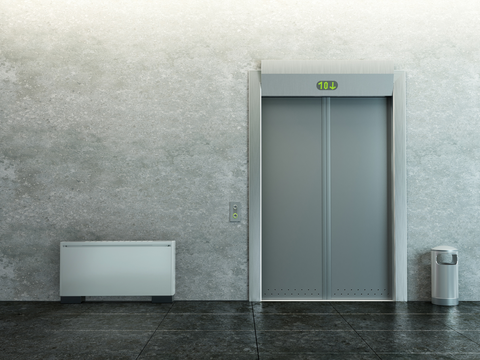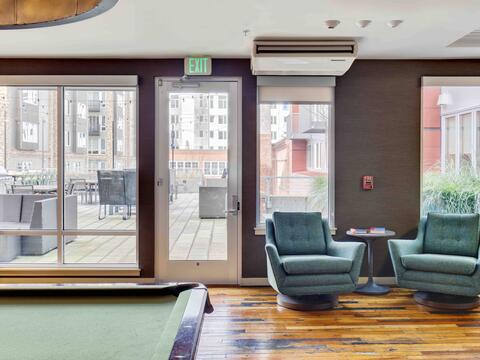REPAIRING AND PREVENTING FLOODED COOLING AND HEATING SYSTEMS
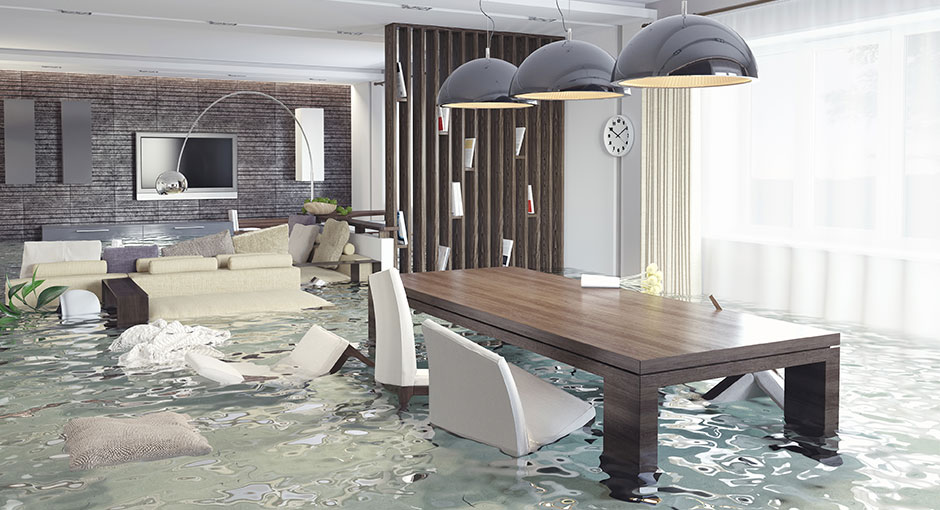
Home cooling and heating systems can be damaged badly by floods, leaving you and your family susceptible to serious hazards. Electrical cables can become compromised, fans and internal components can be susceptible to corrosion, and there is potential for the refrigerant lines to be breached. You can take precautions to protect your furnace, heat pumps and air conditioner from the ravages of water damage before flooding occurs.
Move Equipment Higher
If your cooling and heating equipment is in the basement, you could consider hiring a professional to move it to an upper floor or attic that’s out of the danger zone. This is also a good opportunity to replace your units with more energy efficient models. Split-ductless heat pumps are good alternatives. Unlike conventional systems, ductless systems don’t need ductwork or a large central forced-air furnace and can be easily installed at raised levels. Outdoor units can sit on the side of your house, well above flood waters.
Floodwall Solution
If you prefer not to move your basement unit, you can hire contractors to build a flood wall around your furnace and air conditioner to protect them from water.
Bacteria and Fungi
Bacteria and fungi can contaminate submerged systems. Moisture can damage even unsubmerged equipment if the surrounding air is saturated with humidity during a flood.
Professionals should remove and replace all water-contaminated filters and insulation within and around cooling and heating components.
If the system uses ducts, have them thoroughly dried, disinfected and cleaned.
Check Appliances
Both natural gas and electrical appliances are vulnerable to floods, making them unreliable or hazardous. Appliances should be professionally checked for damage or corrosion after flooding. In the case of propane equipment, professionals should replace all flood damaged controls, valves and gas pressure regulators as soon as possible.
Flood waters can damage radiant floor heating electrical cables. A professional should determine whether the system can still be used.
Split Air Conditioners and Heat Pumps
Split air conditioners and heat pumps will likely remain intact if flooded even for a long period. It is possible for the system to be breached if flood waters reposition the indoor or outdoor units. If a split-ductless system has been moved, a professional should inspect the system for repair or replacement.
Before reoccupying the home after a flood, you should run the cooling and heating system continuously in a normal manner at a comfortable temperature for 48 to 72 hours to “flush out” any remaining contaminants. Once the house is reoccupied, you should periodically check the system to make sure it is clean and running properly.
Replace Damaged Systems
In general, the Air-Conditioning, Heating, and Refrigeration Institute (AHRI) recommends replacing rather than repairing flood-damaged systems.
The new central air conditioners and heat pumps must achieve a minimum Seasonal Energy Efficiency Ratio (SEER) of 13. The federal government may have programs to help homeowners replace flood-damaged cooling and heating equipment. This is a good time to upgrade to more energy efficient models, such as ductless systems, to save on electricity bills and enjoy maximum comfort.
SOURCES:
Federal Emergency Management Agency (FEMA): Raise or Floodproof HVAC Equipment
The Air-Conditioning, Heating, and Refrigeration Institute (AHRI)



